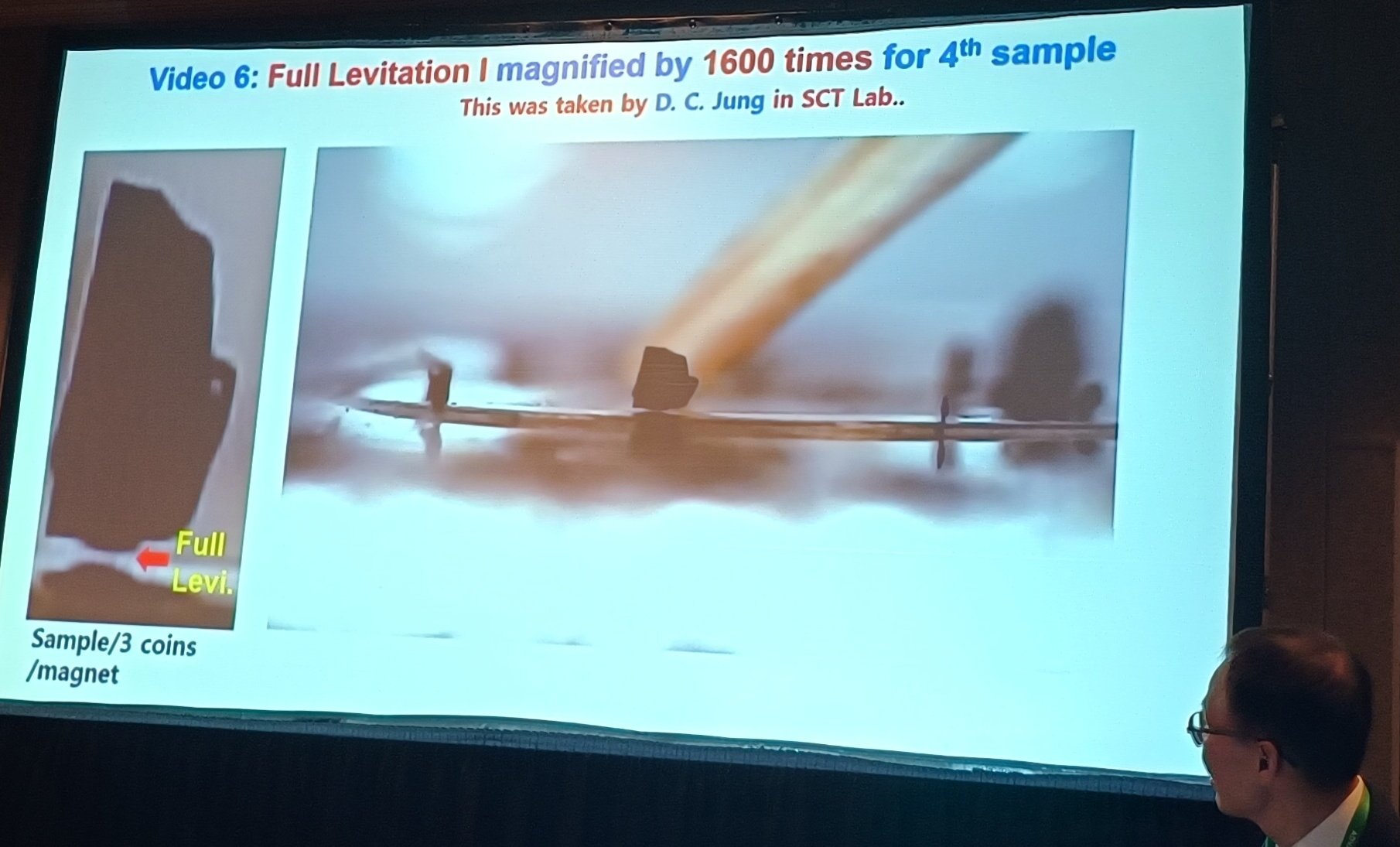Korean Room Temperature Superconductor Talk Was As Abstract Described
There are some people who expected more from the PCPOSOS room temperature superconductor talk. They strangely expected the team to bring the sample and show it live. BUT that is not what the abstract of the talk said. The abstract said they would show two videos of levitation and two videos of magnets. This is …










